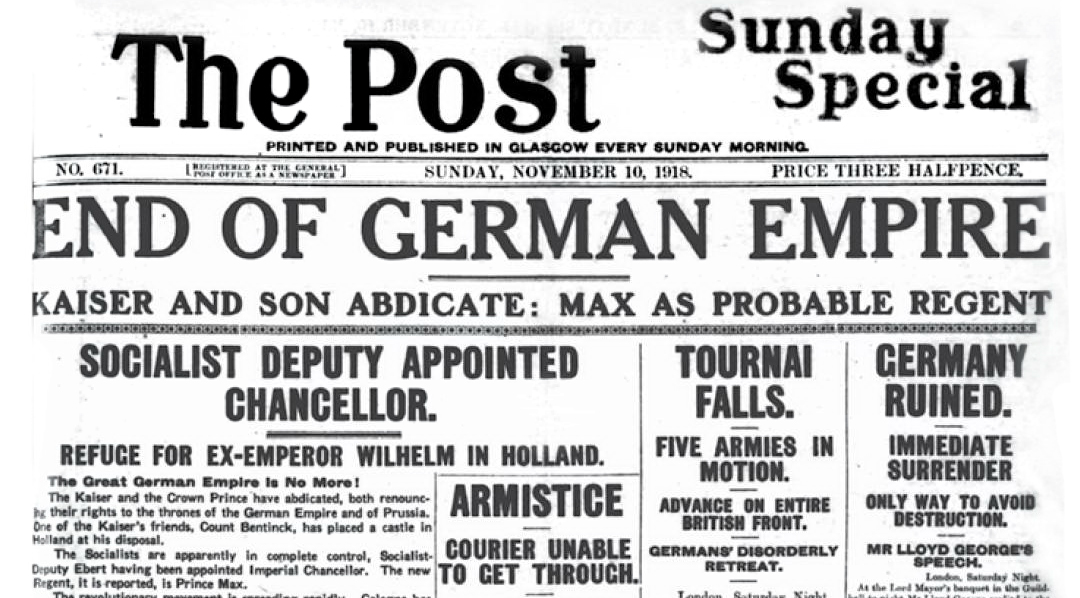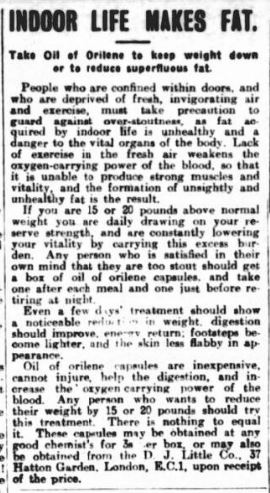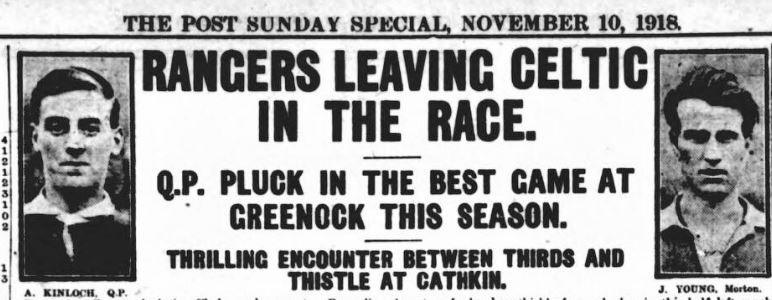
THE Sunday Post was born for war. It debuted on October 4, 1914, a journalistic attempt to feed the news-ravenous Scottish public Information about the “race to the sea” In France.
It was all so exciting. The conflict seemed a romantic cavalry clash. The public, when not queuing to enlist, was eager for tales of how their boys were doing. This was, of course, before the Maxim machine guns cut down the flowers.
Newspapers have a great responsibility in wartime, and also a great problem. They must keep up morale at home, but at the same time carry exciting tales of danger and derring-do from the front.
Step back in time and get your copy of our special 12 page replica broadsheet from 10 November 1918 – the day before WW1 ended – free inside this weekend's Sunday Post. pic.twitter.com/4B6tJEM7UU
— The Sunday Post (@Sunday_Post) November 10, 2018
The Sunday Post was no different. For instance, its headline on Sunday July 16, 1917 blared “British Pierce German Third Line” and told of “ Important Fresh Successes For British Troops”. In reality, these were the early exchanges of the Battle Of The Somme. The Army had just endured the single worst day in its history. It suffered 57,450 casualties, 19,240 of whom were killed.
But the public didn’t want to read dread tales of industrial-scale death in the fields of northern France. It was deemed better for all concerned to report victories and exultations over land gained, no matter the human cost that was unfolding.
It is also interesting to note the evolution of page design as the war goes on. The fashion (and the restrictions of hot metal page make-up) dictated densely-worded columns, broken only by the fashion for triple and quadruple-layered headings. But at times The Sunday Post broke the mould.
The back page of the souvenir edition, inside today’s paper, is given entirely to a map showing the latest advances of the Allies.
The paper’s “End Of Empire” declaration of November 10, 1918 is, as you can see from our reproduction, triumphalist, but not overly so. By this point, the public were aware of the terrible cost of victory.
The label we attach a century later is “remembrance’ The dominant emotion of the paper, and the people, on the day was of relief.
Take a look through our edition from 100 years ago, free inside this weekend’s paper.
For production reasons, the 1918 edition is not available to Ireland. If you would like a copy, please write to us at The Sunday Post, Skypark, Suite 3/6, 8 Elliott Place, Glasgow, G3 8EP
Well oil be…a wonder cure

While The Sunday Post was dutifully reporting the goings on from the frontline, it was
also keen to feed its readers with the latest fads.
And this story, on page four of the November 10 1918 edition, puts paid to the idea that obesity is a modern crisis.
“Indoor life makes fat,” reads the headline, on an article about the dangers of not getting enough fresh air.
“People who are confined within doors must take precaution to guard against over-stoutness,” it adds rather diplomatically. The cure, it assures readers, is oil of orilene, and the paper readily supplies an address from which capsules of the oil can be acquired.
(Very) Old Firm dominate

Even 100 years ago the Old Firm were the big draw, as this sports lead on page 10 proves.
“Rangers leaving Celtic in the race,” proclaims the headline, above a round-up of the Scottish League results from the day.
“Rangers easily smashed Clyde,” the story reports, as Celtic were held to a 1-1 draw by Hearts at Parkhead.
To give a flavour of how much sports reporting has changed in the intervening years, the Celtic match coverage included these lines: “With Celts playing a wide-passing game, they made ground quickly, and Browning had one great show, which took the woodwork. This was a ‘life’ for the Hearts, who stuck grimly to a defensive game. Rallying somewhat, they carried out a couple of dangerous movements.”

Enjoy the convenience of having The Sunday Post delivered as a digital ePaper straight to your smartphone, tablet or computer.
Subscribe for only £5.49 a month and enjoy all the benefits of the printed paper as a digital replica.
Subscribe